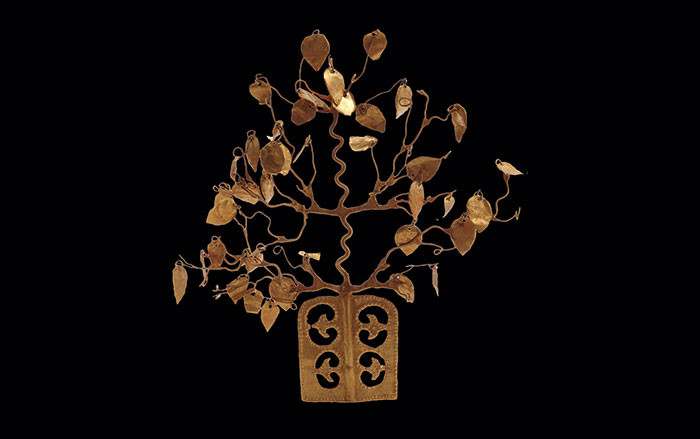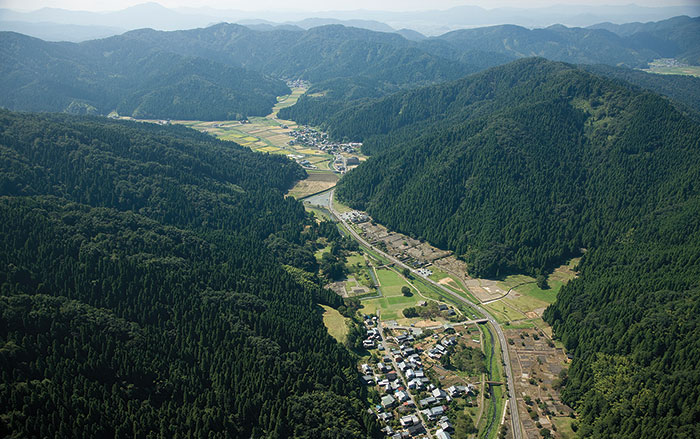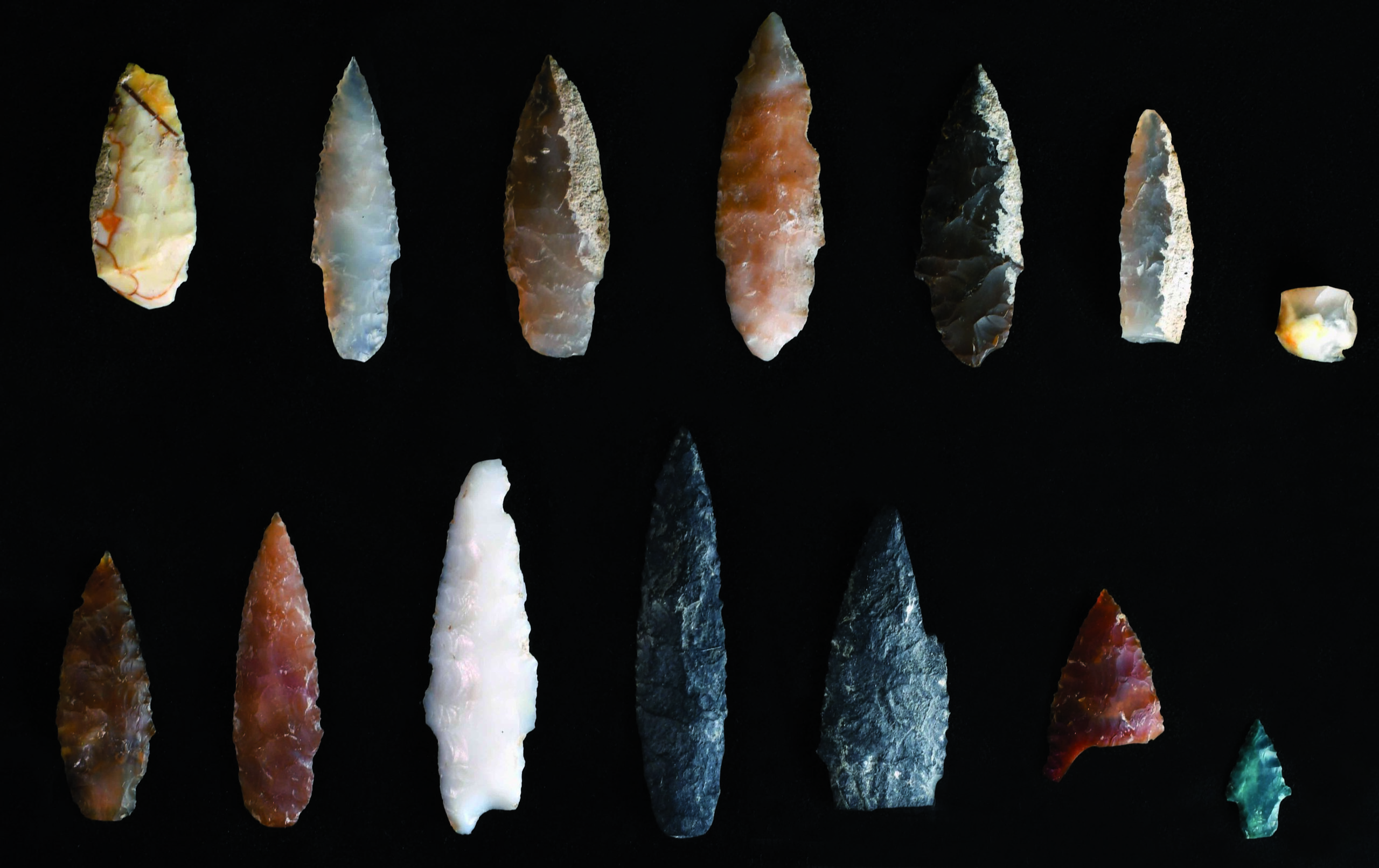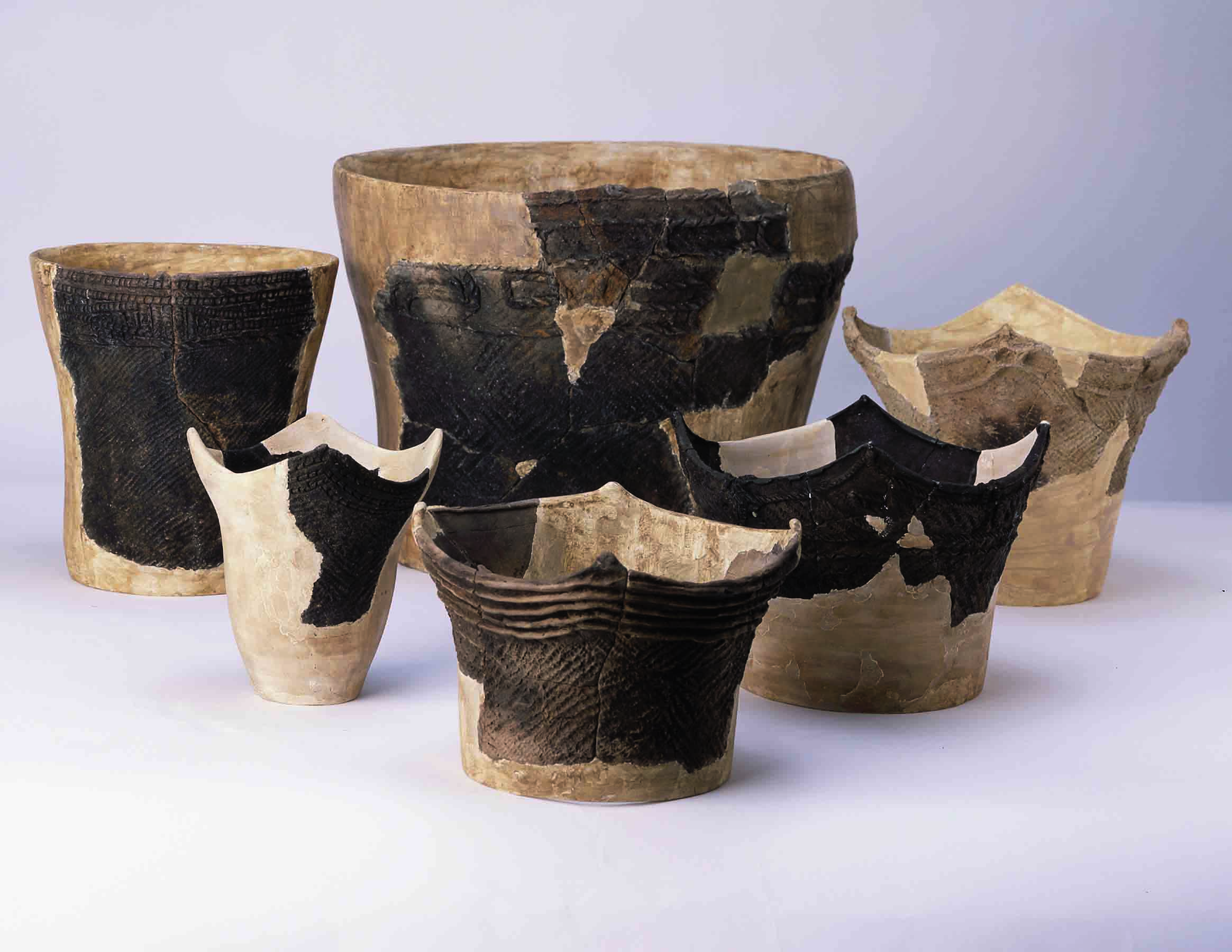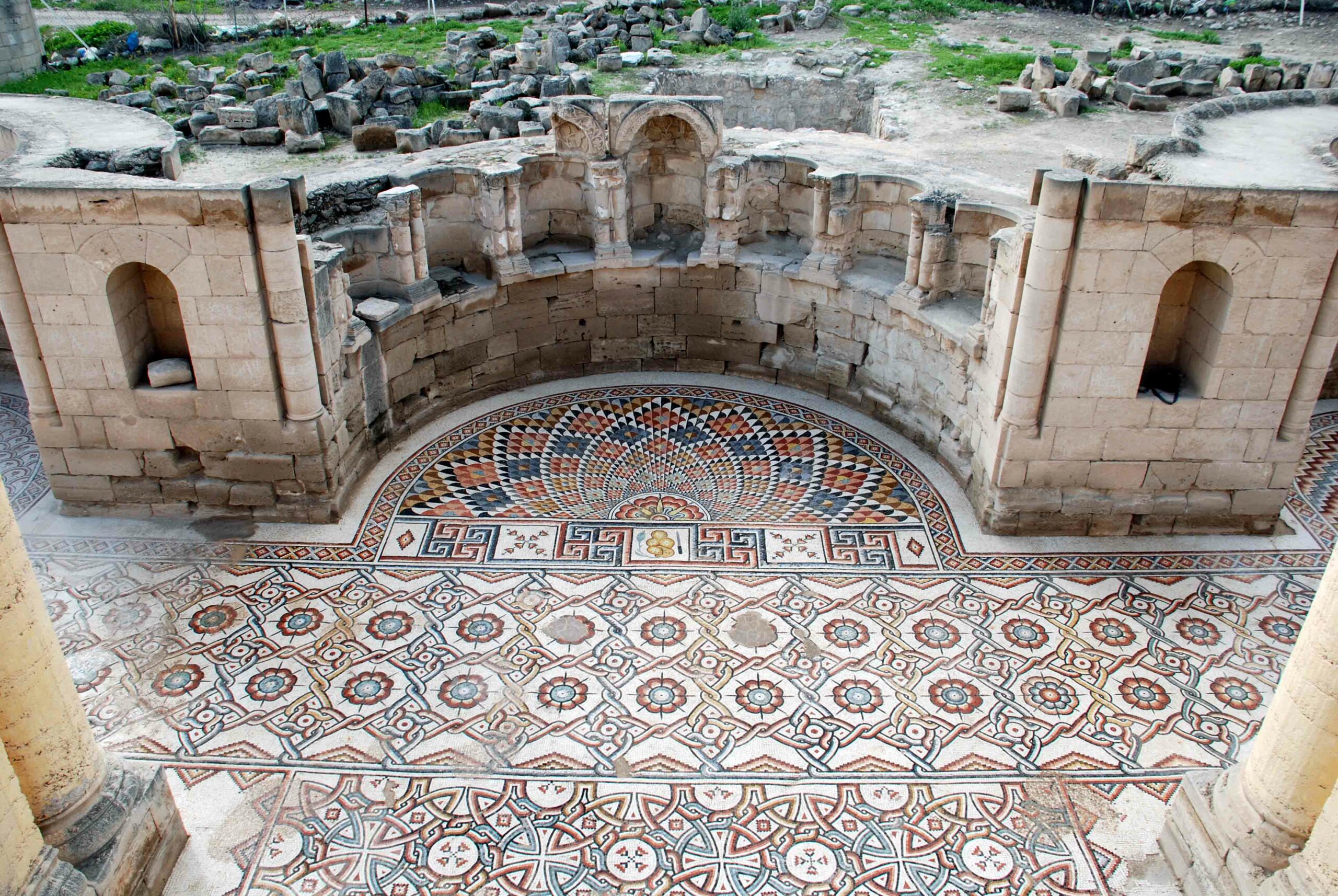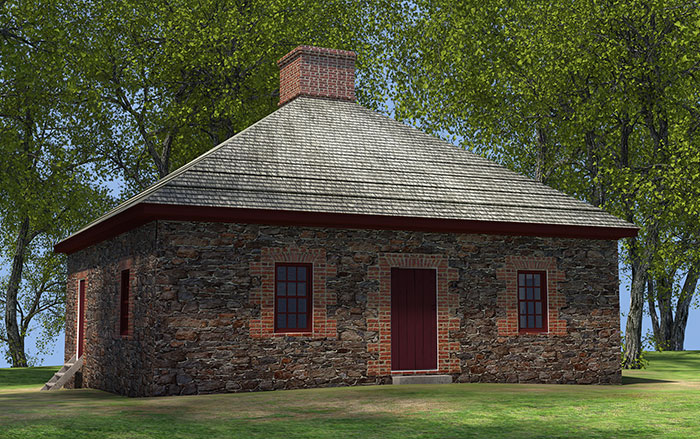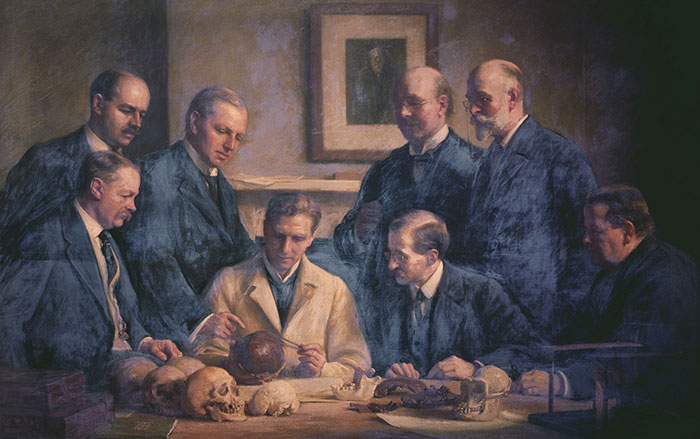
TOTTORI, JAPAN—The Asahi Shimbun reports that fragments of an ink painting on wood have been found in an ancient road on the island of Honshu. The panel is thought to have been burned, broken up, and thrown away between the late seventh and early eighth centuries, when the road was built. The artwork is estimated to have measured about 27 inches long by six inches wide, and it had a small hole in the upper part of the panel. The image, revealed using infrared rays, is thought to depict six women, but most of the bodies of the figures are indiscernible. Akio Donohashi, professor emeritus at Kobe University, thinks the panel painting shows a procession related to a funeral ritual. He notes that the image is similar to a wall painting in the Takamatsuzuka Tomb, which is located in Nara Prefecture and dates to about the same period. Similar paintings have also been found in the Kingdom of Goguryeo, which covered an area from northeastern China to the northern Korean Peninsula, and in China’s Tang Dynasty. “Because of that, the value of the panel painting is high when we think about the spread of various cultures,” Donohashi said. For more, go to “Japan’s Early Anglers.”


